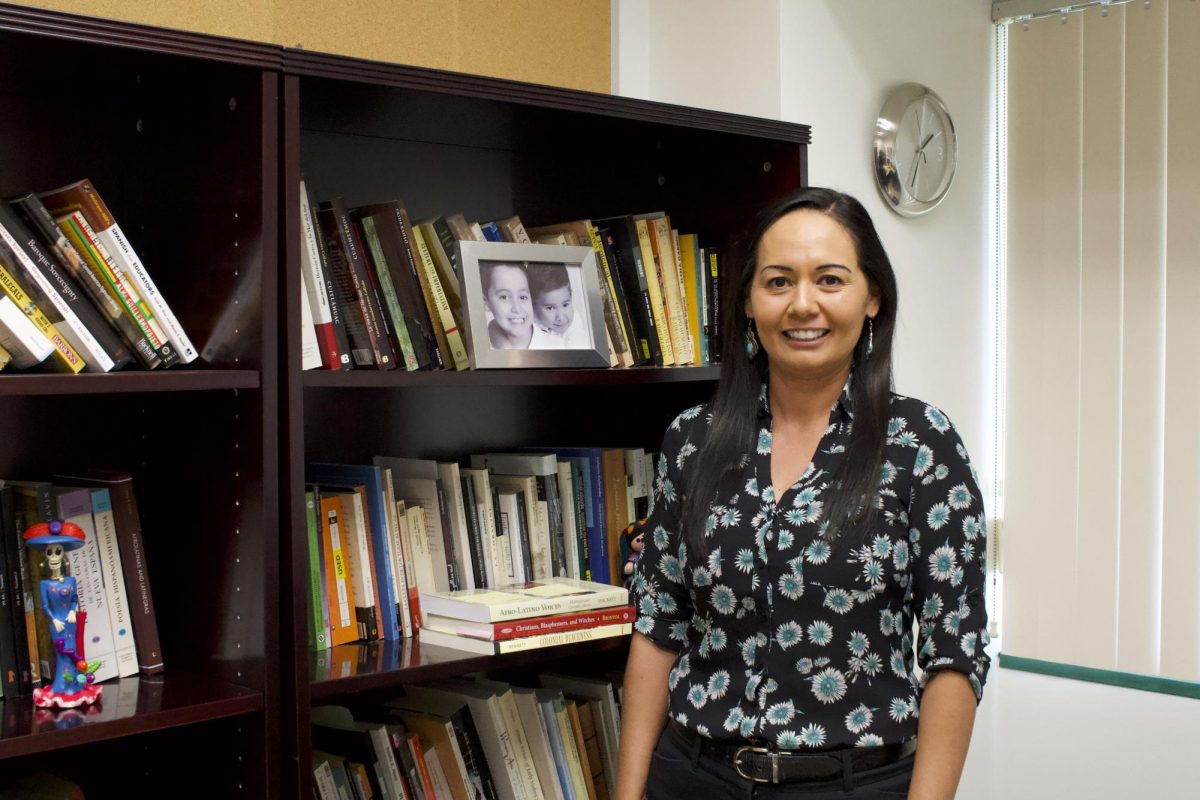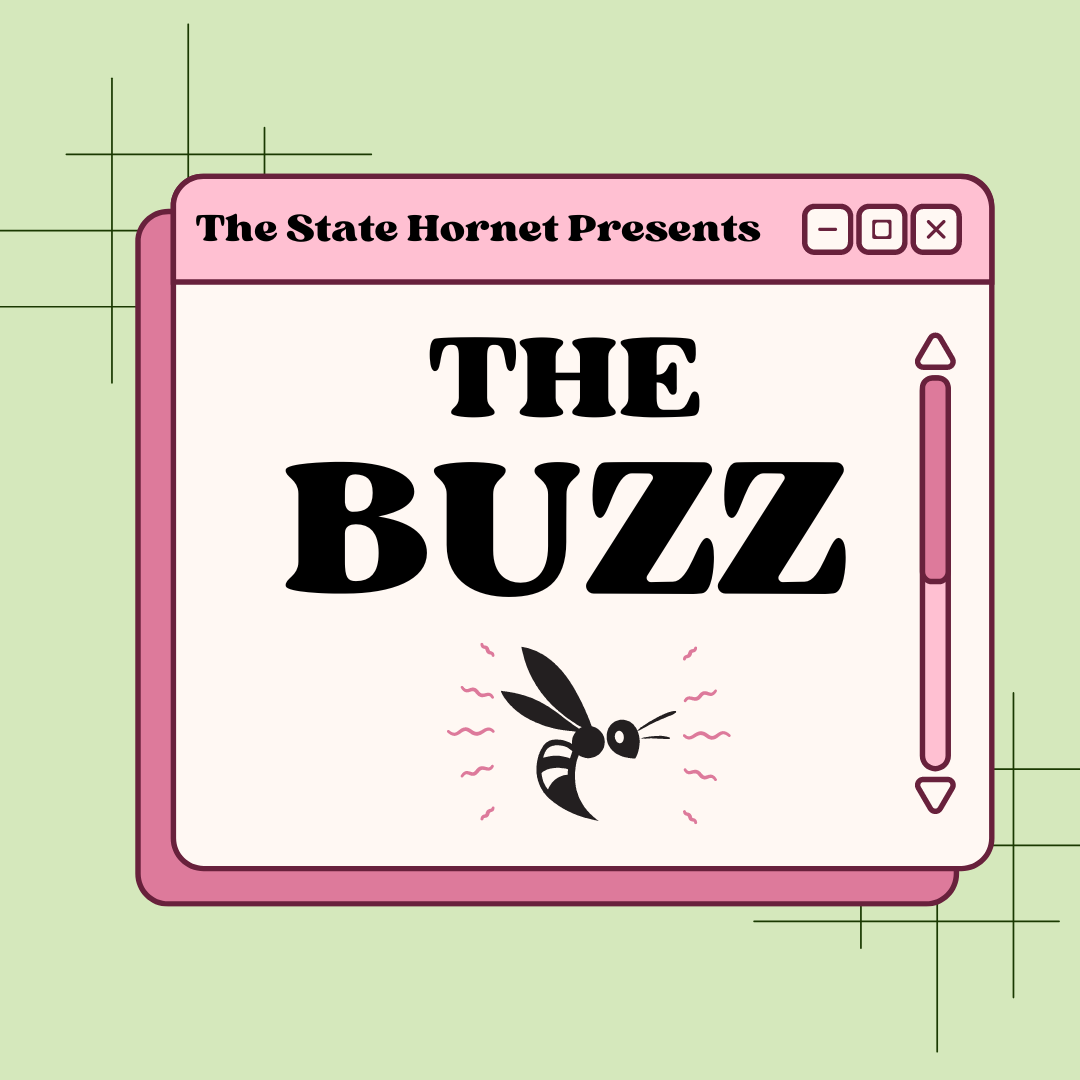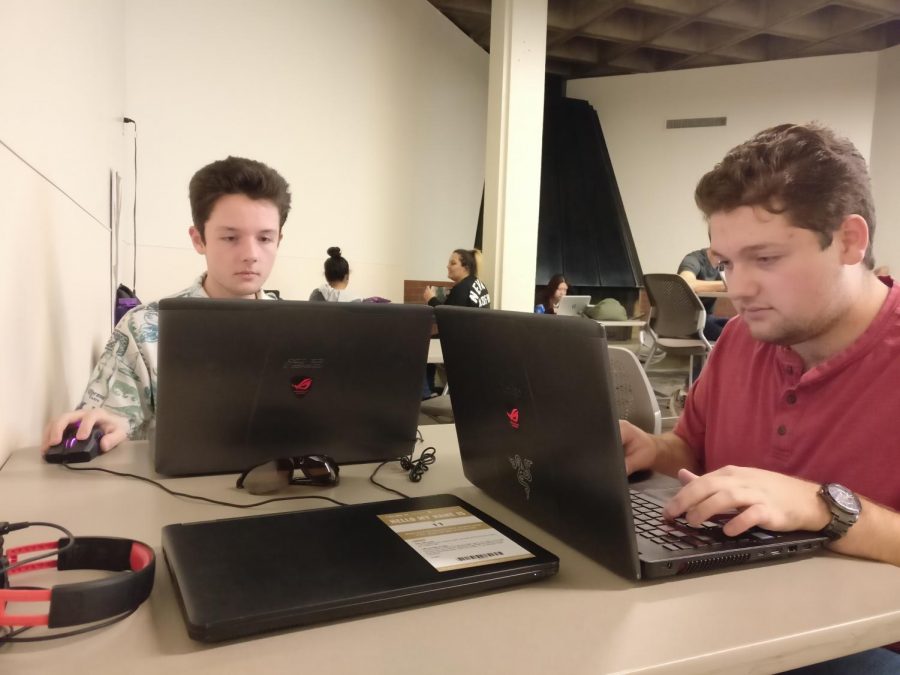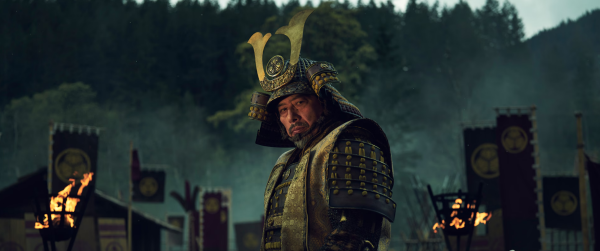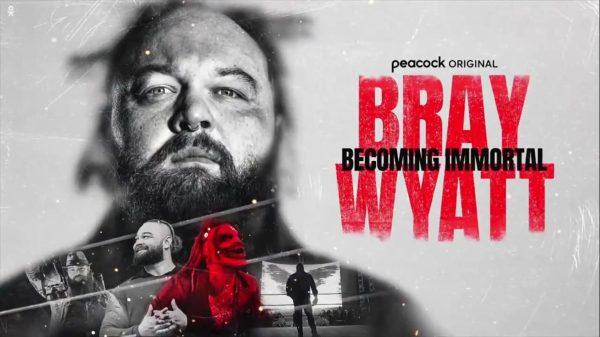Students form local gaming hubs at Sacramento State
Gabriel Ionica - The State Hornet
Left to right, Gunnar Hood and his brother Garrett can be seen nearly every day in the Union playing League of Legends on their PCs.
October 31, 2017
It’s not a rare sight to see students on campus playing different games during their free time, in fact, places like the AIRC and the Union have even become local hot spots for gamers to gather.
Even outside of gaming clubs, these students can be seen huddled in groups of three or four in the Union or the AIRC focused on their laptop screens without speaking a single word to one another. There are some who play alone, and others who take part in the many tournaments hosted by the Games Room.
RELATED: OPINION: Toxic gaming communities must face real consequences if we expect to see change
Nicholas Crawford, a junior construction management major, can be found clacking away on his laptop on the second floor of the Union. Other gamers found in the same area are students who play “Magic the Gathering,” a competitive card game. According to Crawford, the area is a nice, secluded spot with enough power outlets and doesn’t carry much of the noise that comes from the hustle and bustle of The Union.
“(The Union) is where most of the geeks met, starting around three years ago,” Crawford said. “You used to be able to see people playing all kinds of games there from ‘Magic the Gathering’ and ‘Yu-Gi-Oh!’ to board games, but the numbers have been in decline, as many left, graduated or got busier schedules.”
Crawford mainly plays “League of Legends” (LoL), a multiplayer online battle-arena game where players take control of a “champion”, each equipped with unique abilities. They battle against another team of players. The main goal is usually to destroy the enemy team’s “nexus”, a structure placed on the opposite side of the map in the middle of the opponent’s base. Along the way, players must destroy several defensive structures called “towers” while eliminating opposing players.
RELATED: REVIEW: The SNES Classic has something for everyone
Since LoL is based on teamwork, every decision made by each player affects the team, and it’s common to see players shouting out commands and strategies to one another mid-game. Crawford said that he likes this aspect of the game, which is why he prefers to play LoL.
Josh Olson, a junior computer science major, said he sees many of these gaming groups in the AIRC and that some of players can be disruptive. Olson is an avid LoL player himself, but he said he doesn’t take part in that culture because he considers the campus a learning environment and does not want to be distracted from his studies.
“I’d prefer some areas to be more of a learning zone for everyone,” Olson said. “Some players are inconsiderate of people studying around them. There are people who like to play in groups, and they can be very loud in areas meant for studying.”
Gunnar Hood, a sophomore mechanical engineering major, plays LoL in the Union and said that he finds the most enjoyment in the game compared with others because it raises his player skill level, or “Elo,” as gamers call it.
“I’ve played (LoL) for eight years, so it’s the game I played longest,” Hood said. “I play other games like “Paragon” and “Overwatch,” but not on campus. I mostly play ‘League’ because it constantly shifts your Elo, which makes it a constant challenge.”
Although there are official gaming organizations on campus like the “League of Legends” and “Super Smash Bros.” clubs, neither Hood nor Crawford are part of them simply because of time constraints in their schedule.
While the Union is a second home to many students — some who come to nap and others who come to study — Crawford said that people are often too busy with their own activities to bother him and his gamer friends when they get together in the Union to play together.
“I honestly don’t notice the others (around us),” Crawford said. “Some are curious every now and then, but most are too involved in whatever they are doing to bother us.”



















